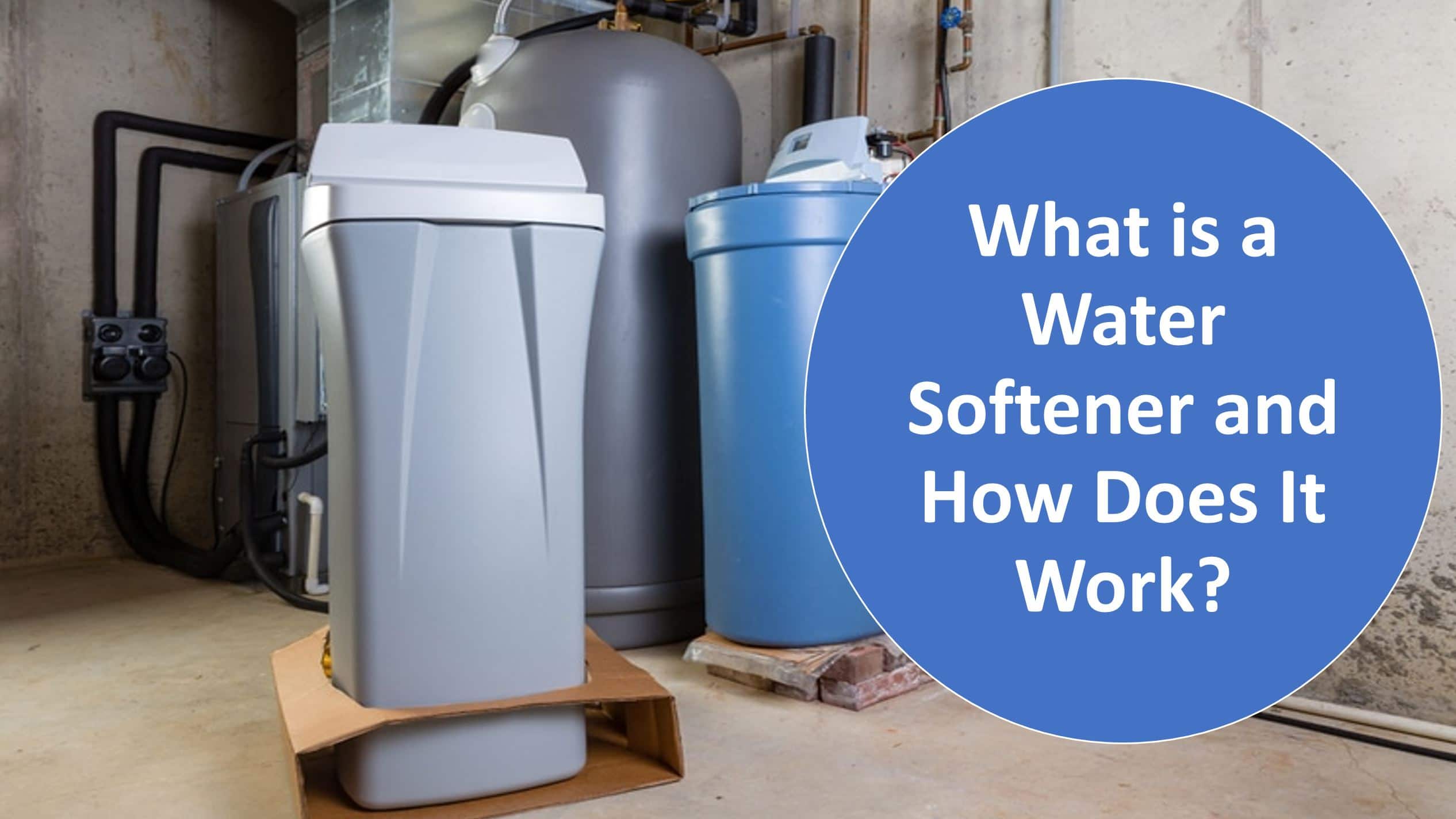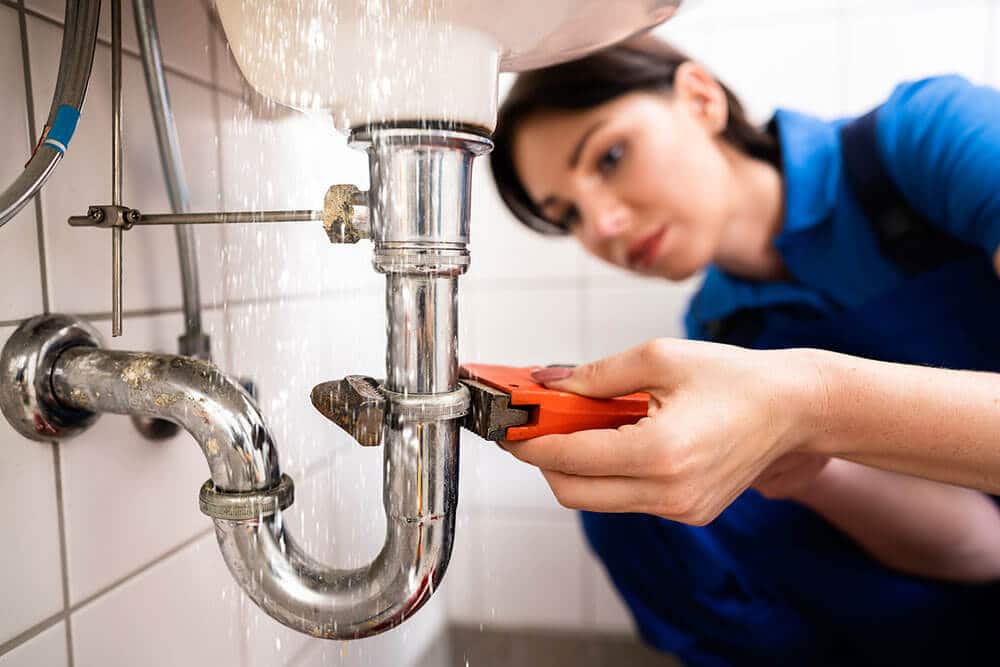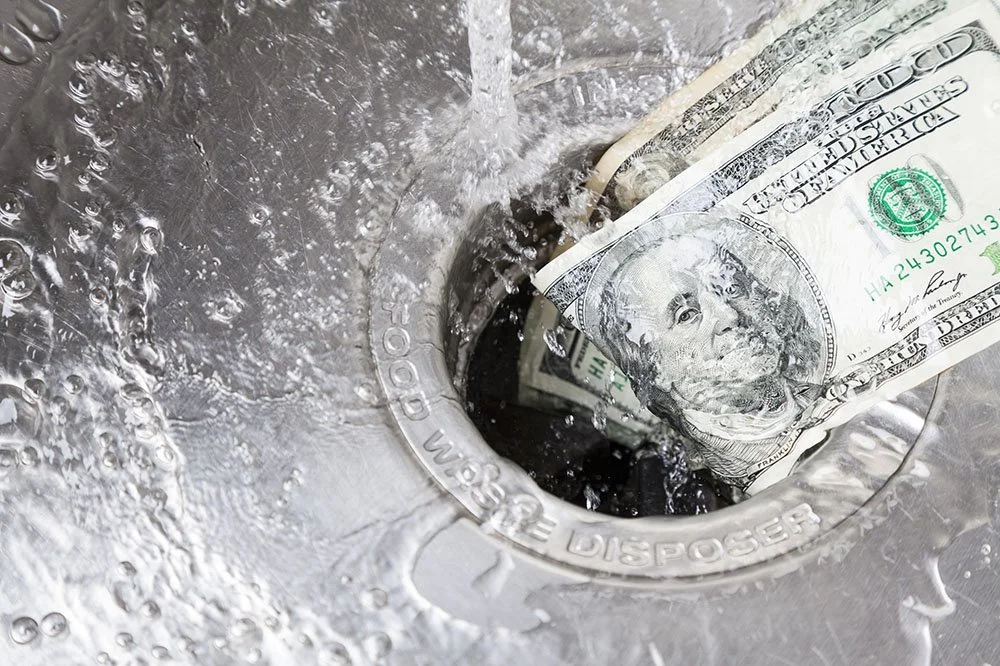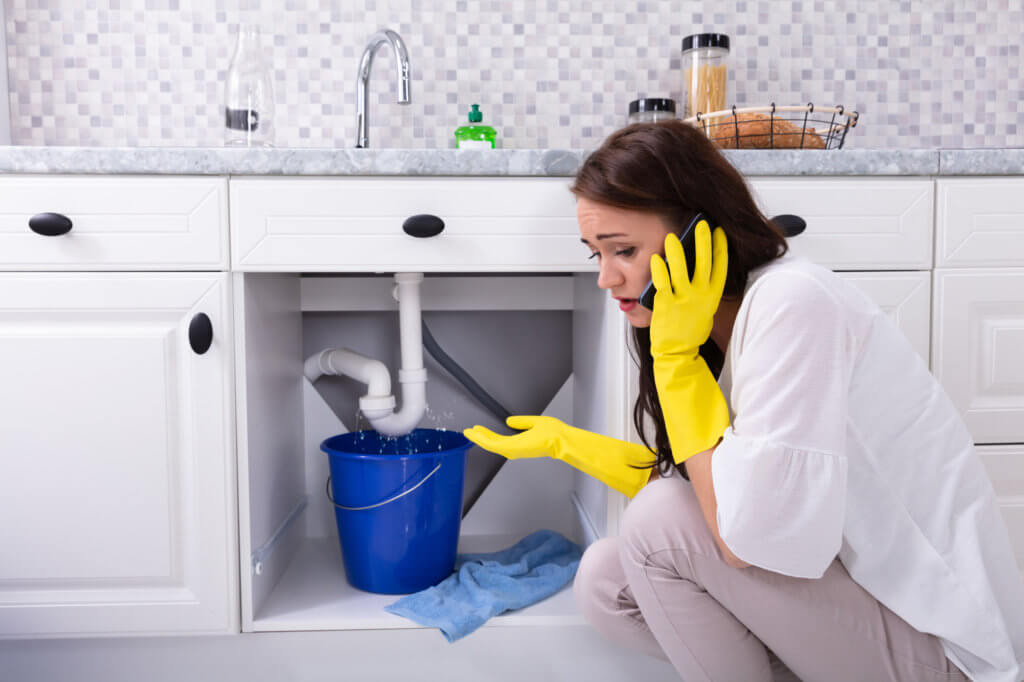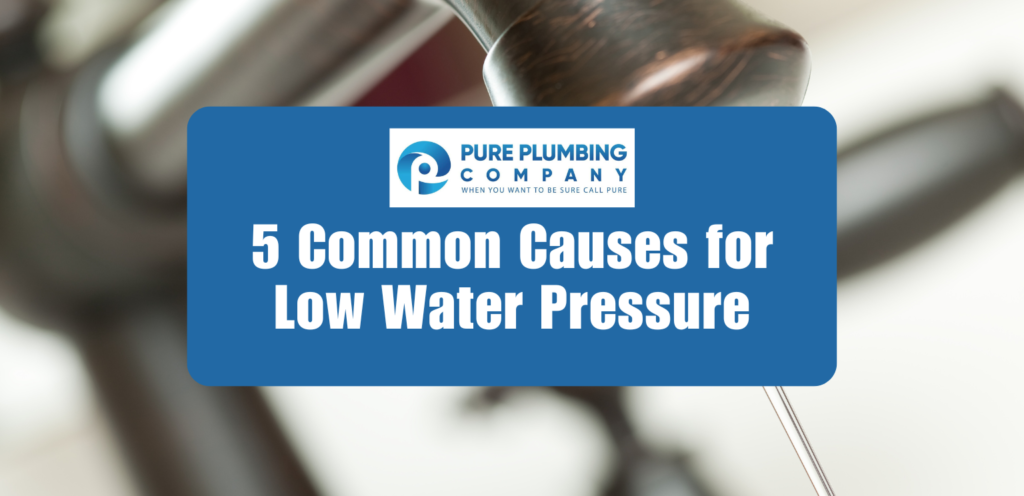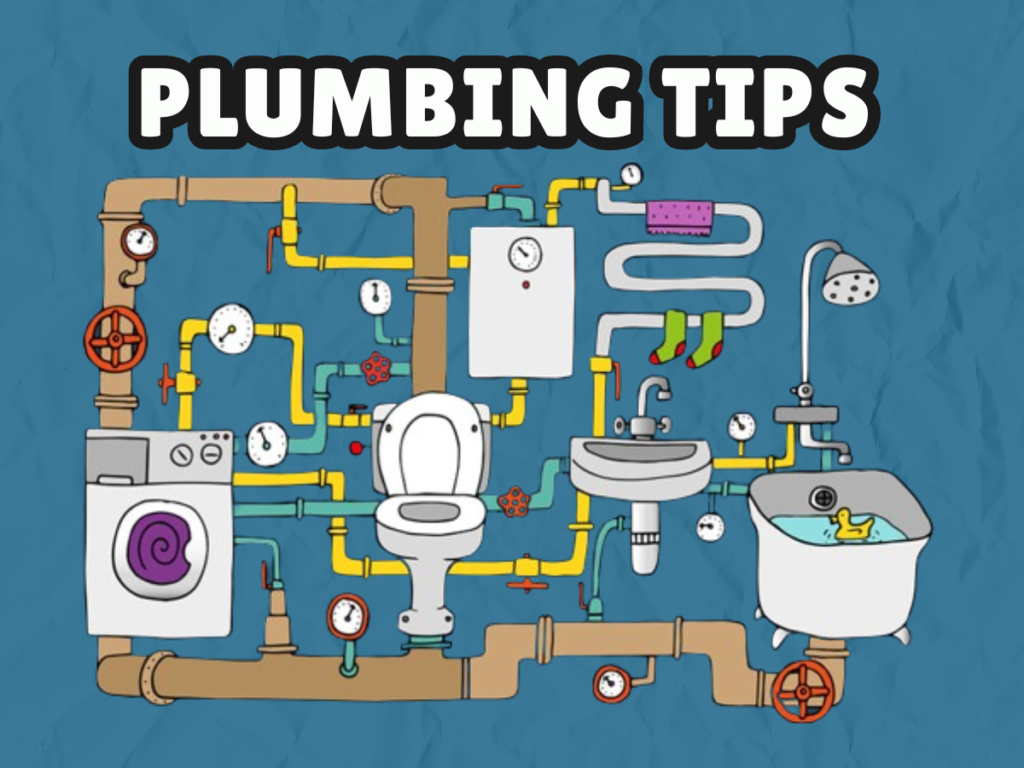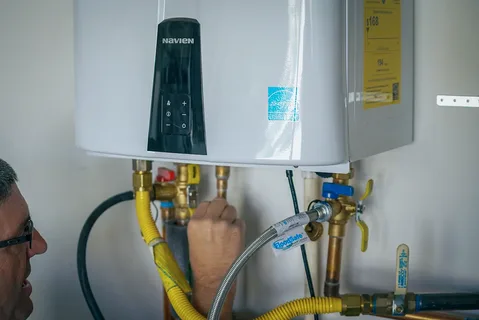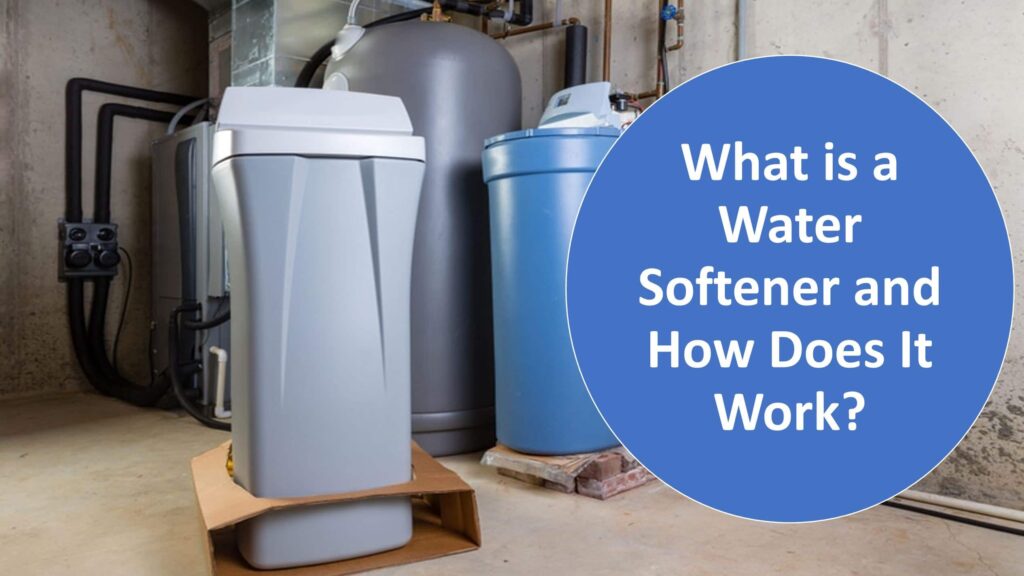Water is an essential element in our daily lives, but not all water is created equal. Hard water, characterized by high mineral content can cause various issues in households, such as limescale buildup, decreased soap efficiency, and appliance damage. This is where water softeners come into play.
In this article, our best water softener service in California will explore what a water softener is, how it works, the maintenance it requires, and address the safety concerns associated with softened water.
How does a water softener work?
Water softeners operate on a simple yet effective principle known as ion exchange. The primary culprits responsible for water hardness are calcium and magnesium ions. Water softeners use resin beads to attract and remove these ions from the water, replacing them with sodium ions.
Ion Exchange Process:
The heart of a water softener is its resin tank, filled with tiny polystyrene beads. These beads carry a negative charge, attracting positively charged calcium and magnesium ions.
As hard water flows through the resin tank, the calcium and magnesium ions adhere to the resin beads, displacing the sodium ions initially present on the beads.
The softened water, now free of calcium and magnesium ions, exits the tank for distribution throughout the household.
Regeneration Process:
Over time, the resin beads become saturated with calcium and magnesium ions, reducing their softening capacity.
To restore the resin beads’ efficiency, the water softener initiates a regeneration cycle. During this process, a brine solution (salt and water) is flushed through the resin tank.
The sodium ions in the brine solution replace the accumulated calcium and magnesium ions on the resin beads. The displaced calcium and magnesium, along with the excess brine are then flushed away, leaving the resin beads ready for another cycle.
Essential Water Softener Maintenance
Maintaining a water softener ensures optimal performance and extends its lifespan. Regularly check salt levels in the brine tank to guarantee efficient regeneration. Clean the tank periodically to prevent salt bridges or mushing. Follow the manufacturer’s recommendations for cleaning and inspect the resin tank for any signs of damage. If you notice a decline in water softening efficiency, promptly address any issues to keep your system running smoothly and enjoy the benefits of consistently softened water.
How often should a water softener be regenerated or cleaned?
The frequency of regeneration or cleaning depends on the water hardness level and the size of the water softener system. Generally, most water softeners are programmed to regenerate based on water consumption and hardness levels. Here are some guidelines:
Water Hardness:
The harder the water, the more frequently regeneration is required. Water softener systems are often equipped with a hardness setting, allowing users to customize the regeneration schedule based on their specific water conditions.
System Size:
Larger households with higher water consumption may need more frequent regeneration cycles. Smaller systems may require regeneration less often.
Manufacturer Recommendations:
It’s crucial to follow the manufacturer’s guidelines when it comes to perfect water softener installation as well as regeneration frequency. Some systems may have sensors or timers that automatically initiate regeneration when needed.
Regular Checkups:
Experts at our water softener service and repair in San Marcos, CA, regularly ask clients to check the salt levels in the brine tank periodically. If the salt level is low, it may impede the regeneration process. Top up the salt as needed to ensure optimal performance.
Is softened water safe to drink?
One common concern among consumers is the safety of drinking water that has undergone the softening process. Here are key points to consider:
Sodium Content:
The ion exchange process in water softeners replaces calcium and magnesium ions with sodium ions. As a result, the softened water may have a slightly elevated sodium content.
While this is generally not a concern for most people, individuals on sodium-restricted diets or those with specific health conditions should consult with a healthcare professional before consuming softened water.
Mineral Replacement:
Softened water is safe to drink, and the sodium levels are usually within acceptable limits. However, it’s essential to note that the water no longer contains the beneficial calcium and magnesium minerals.
To address this, some water softeners come with an additional filter that allows users to enjoy the benefits of softened water while retaining essential minerals.
Separate Tap for Drinking Water:
Some households choose to install a separate tap for drinking water that bypasses the water softener. This way, residents can have access to both softened water for general use and unsoftened water for drinking and cooking.
Final Thoughts
Our plumbing experts near San Marcos, CA, believes water softeners play a vital role in improving the quality of household water by addressing the issues associated with hard water. Understanding the ion exchange process, adhering to the recommended regeneration schedule, and addressing safety concerns surrounding sodium content are key to maximizing water softener benefits.
Remember, by maintaining a well-functioning water softener, households can enjoy the perks of softened water, from improved soap efficiency to prolonged appliance life, without compromising on safety.


